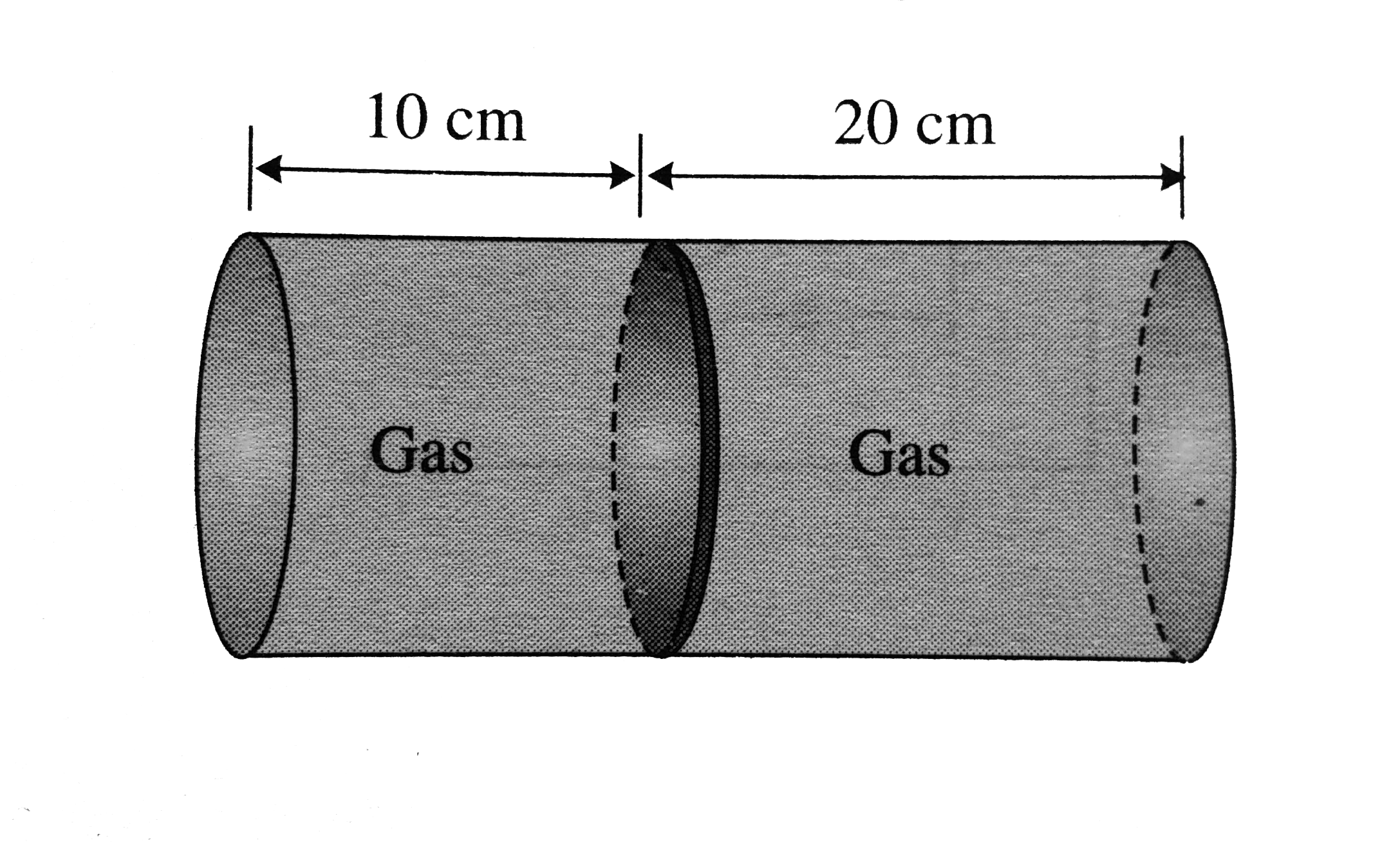When diatomic gases are heated, their heat capacity exhibits a peak in the high-temperature region. SilTIi lar behavior is observed in multi atornic gases. What. is the explanation for this?
Step by step video & image solution for When diatomic gases are heated, their heat capacity exhibits a peak in the high-temperature region. SilTIi lar behavior is observed in multi atornic gases. What. is the explanation for this? by Physics experts to help you in doubts & scoring excellent marks in Class 11 exams.
Updated on:21/07/2023Topper's Solved these Questions
Similar Questions
Knowledge Check
The heat capacities of the following gases at room temperature are such that .
ANH3>CO2=O2=N2>ArBNH3>CO2>O2=N2>ArCNH3>CO2=O2>N2>ArDNH3>CO2>O2>N2>ArIn the arrangement shown in the fig the cylinder is insulating one. Both sides same diatomic gas is trapped by two insulting massless pistos with the help of an ideal spring. The natural length of the spring is equal to the length of the cylinder. initial state of the gases are as shown in the figure.

Now the gases are heated slowly, such that their temperature becomes three times to their initial temperature. The total heat given to the system isA12P0V0B8P0V0C5P0V0D6P0V0Fig. shows a horzontal cylindrical container of length 30cm, which is partitioned by a tight-fiting separator. The separator is diathermic but conductws heat very slowly. Initially the separator is the state shown in the figure. The temperature of left part of cylinder is 100K and that on right part is 400K. Initially the separator is in equilibrium. As heat is conducted from right to left part, separator displaces to the right. Find the displacement of separator after a long when gases on the two parts of cylinder are in thermal equilibrium.
 A10cmB20cmC30cmD40cm
A10cmB20cmC30cmD40cm
What happens when ethylene gas is heated at high pressure and high temperature in the presence of suitable catalyst ?
View SolutionThe molar heat capacity at constant pressure of all diatomic gases is always same.
View SolutionA metal block is placed in a room which is at 10∘C. It is heated by an electric heater of power 500W till its temperature becomes 50∘C. Its initial rate of rise of temperature is 2.5∘C/sec. The heater is switched off and now a heater of 100W is required to maintain the temperature of the block at 50∘C. (Assume Newtons Law of cooling to be valid)
(i) What is the heat capacity of the block ?
(ii) What is the rate of cooling of block at 50∘C if the 100W heater is also switched off ?
(iii) What is the heat radiated per second when the block was 30∘C ?
View SolutionTwo cylinders of equal size are filled with equal amount of ideal diatomic gas at room temperature. Both the cylinders are fitted with pistons. In cylinder A the piston is free to move, while in cylinder B the piston is fixed. When same amount of heat is added to both the cylinders, the temperature of the gas in cylinder A raises by 20 K. What will be the rise in temperature of the gas in cylinder B?
View SolutionGibbs-Helmoholtz equation relates the free energy change to the enthalpy and entropy changes of the process as
(ΔG)PT=ΔH−TΔS
The magnitude of ΔH does not change much with the change in temperature but the enrgy factor TΔS changes appreciably. Thus, spontaneity of a process depends very much on temperature.
When CaCO3 is heated to a high temperature, it undergoes decomposition into CaO and CO2 whereas it is quite stable at room temperature. The most likely explanation of its is
View Solution
